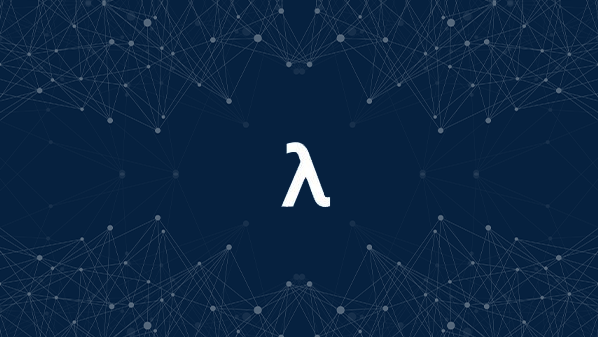
Data analytics systems are the cutting edge of modern corporate computing. While many people may feel they are behind the “state of the art” they read about, the truth is these are projects we’re implementing currently for prominent companies in life sciences, finance, healthcare, Internet services, and aerospace, They have a lot in common with […]

While helping a client ship a medical device we were tasked to make its response time bearable. This was no easy feat, given that each request to this device requires running a simulation that takes hours if ran on a single CPU. This long response time would make it impossible for doctors to use this […]

Working with data in Haskell In data mining or general exploration, it’s common to need to easily access data efficiently and without ceremony. Typically, a programming language will be designed for this case specifically, like R, or a library will be written for it, like Python with the pandas library. Implementing this in Haskell, we […]

As part of producing a demo for FP Complete’s new IAP product, I wound up implementing the Minimum Variance Portfolio calculation for a stock portfolio in R, then in Haskell for the IAP, and finally in Python using the NumPy and SciPy extension libraries. I want to look at the process of writing each of […]

A common analytic task is the monte carlo simulation. This involves sampling large numbers of random values in order to come to some kind of conclusion. Random numbers are often thought of as a weak point in purely functional languages. In a purely functional language like Haskell, we keep a strict separation between pure and […]
